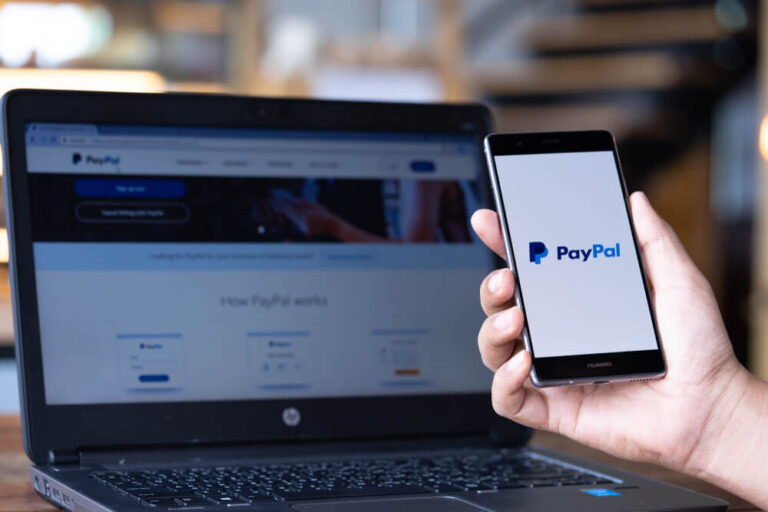BFCM Chargebacks: How to Survive Black Friday and Cyber Monday

The holiday season is the most profitable time of year for many merchants, but also the riskiest. This article is the first in our Holiday Chargeback Series, a multi-part guide designed to help merchants navigate every phase of the peak shopping cycle, from Black Friday through post-holiday returns. In this first installment, we’ll focus on how to prepare for BFCM chargebacks, why they spike so dramatically, and how the right prevention tactics can preserve your profit margins and merchant account standing.
Why BFCM Triggers More Chargebacks Than Any Other Weekend
Black Friday and Cyber Monday combine aggressive promotions, fast shipping promises, and massive order volume. Those factors create a perfect storm for disputes. Cardholders often forget what they bought, gift recipients ask for refunds through their banks, and merchants face fulfillment delays they can’t control.
For acquirers and networks, this period is under heavy scrutiny. A sudden rise in disputes can push merchants closer to monitoring thresholds, raising the risk of placement in programs like Visa’s Acquirer Monitoring Program (VAMP). The takeaway is simple: preventing BFCM chargebacks is not only about protecting revenue, it is also about avoiding long-term risk exposure.
At this stage, a merchant’s best defense is preparation. That means auditing systems and tightening communication with both customers and fulfillment partners before the first promotional email goes out.
Audit Your Systems Before the Rush
Chargeback prevention starts well before the first sale. Merchants should review their payment, fulfillment, and support systems to identify vulnerabilities that could lead to disputes later.
Checklist to get started
- Check your billing descriptors. Make sure customers can easily recognize your business name on their statements. Confusion is one of the most common causes of chargebacks.
- Review refund and return policies. Policies should be clear, visible, and easy to act on. A customer who can find your return process quickly is far less likely to go to their bank.
- Sync fulfillment and CRM systems. Late shipments and mismatched data can trigger avoidable chargebacks. Make sure fulfillment and support teams have real-time order visibility.
- Monitor authorization rates. A sudden increase in declines may point to fraud or processing issues that will become disputes later.
Merchants who start their audit at least two weeks before Black Friday are far better positioned to avoid the January fallout that follows high dispute volume.
How to Use Alerts and Visa RDR for Early Resolution
Once the shopping weekend begins, chargeback alerts and Visa Rapid Dispute Resolution (RDR) become your most powerful tools.
Chargeback Alerts from providers like Verifi CDRN and Ethoca Alerts notify merchants as soon as a cardholder initiates a dispute. That notice gives you a 24- to 72-hour window to issue a refund before it becomes a chargeback. With fewer formal chargebacks, your ratios stay within acceptable bounds.
Visa RDR, on the other hand, is fully automated. It lets merchants define refund rules, such as refunding all disputes under a certain dollar amount, and resolves them in real time. This prevents chargebacks without any manual review.
When used together, alerts and RDR form a safety net for high-volume sales periods. Alerts give you control, RDR gives you automation.
The Cost of Ignoring Low-Value Disputes
Many merchants hesitate to refund smaller transactions, assuming it’s better to let the network process the dispute. That logic doesn’t hold up under scrutiny.
Even low-value chargebacks count toward your overall ratio, and a few hundred small disputes can push you into the danger zone. Issuing an automatic refund for transactions below a set threshold is often more cost-effective than fighting those cases individually.
At the end of the day, the right automation strategy, especially with RDR, helps you issue those refunds instantly with minimal effort.
Post-BFCM Review: Learn Before December Hits
Once Black Friday and Cyber Monday have passed, the work isn’t over. Merchants should review chargeback data, identify recurring triggers, and refine their strategy before the rest of the holiday rush.
Look for patterns in disputes, such as delivery delays, duplicate billing, or unrecognized charges. Many of these can be traced to fulfillment or communication issues that are easy to fix before December shipping deadlines.
It’s also worth monitoring chargeback ratios closely through December and January. Acquirers and card networks pay close attention during this window, and proactive tracking can help you stay well below tolerance levels.
For a deeper understanding of ratio management, read our guide on what are chargebacks, which breaks down how they are calculated and why they matter.
Get Ready to Prevent BFCM Chargebacks
If you’re preparing for the biggest sales weekend of the year, don’t wait until the first chargeback notification to act. With our RESOLVE platform, you can consolidate alerts, integrate RDR, and set automated refund rules before peak season begins. These tools help merchants minimize exposure, sustain low chargeback ratios, and maintain their standing with acquirers. Reach out to our team today to get your BFCM systems ready.
Why ChargebackHelp?
ChargebackHelp provides merchants with the technology and expertise to manage chargebacks efficiently during high-volume periods. Our solutions combine Verifi CDRN, Ethoca Alerts, and Visa RDR into one unified system, allowing you to respond to disputes before they damage your performance metrics. Whether you process thousands of holiday orders or manage multiple storefronts, our automation simplifies resolution, reduces risk, and protects your revenue year-round.
FAQs: BFCM Chargebacks and Holiday Dispute Prevention
What are BFCM chargebacks?
BFCM chargebacks occur when customers dispute transactions made during Black Friday or Cyber Monday. They often result from unrecognized purchases, shipping delays, or refund confusion.
Why do chargebacks increase during BFCM?
The spike is caused by higher transaction volume, rushed fulfillment, and a surge in new customers unfamiliar with your billing descriptors. Communication and automation are key to preventing them.
How can merchants prevent BFCM chargebacks?
Merchants can prevent chargebacks by using alerts, automating low-value refunds, and keeping refund policies visible. These steps stop disputes before they escalate into chargebacks.
What tools are most effective during BFCM?
Tools like Visa Rapid Dispute Resolution and Ethoca Alerts help merchants detect and resolve disputes quickly.
Do small refunds really make a difference?
Yes. Each prevented chargeback keeps your ratio low, protecting you from acquirer penalties and avoiding placement in network monitoring programs like VAMP.
Can ChargebackHelp help my business prepare?
Absolutely. Our platform connects RDR, CDRN, and Ethoca Alerts under one dashboard, helping merchants automate dispute resolution and stay ahead of BFCM chargebacks. We’re here to help.






